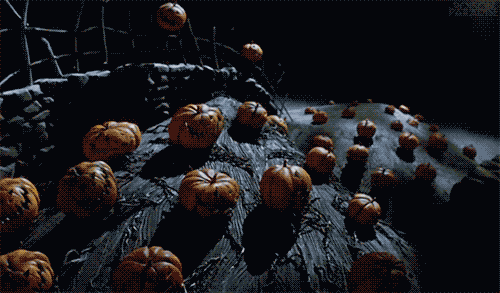A year before the Continental Congress adopted the Declaration of Independence, a man named Joseph Wheadon built a modest, one-room house in New Milford, Connecticut. Wheadon cut the lumber by hand and scavenged foundation stones from the surrounding property. After his premature death, a Greek Revival wing was built, followed by other less-distinctive additions.
More than 235 years after Wheadon first wielded his ax, a Greenwich woman discovered the property while searching for a weekend retreat. By this time, the house was dated and neglected, with systems that had outlived their usefulness. "It was my duty to the community to maintain and uphold the architectural history of the house," says the homeowner, a former student of historic preservation, now earning a doctorate in environmental policy. "However, on the backside of the house, I wanted to bring nature in and to connect the house to its surroundings."

The Greek Revival wing had been added after the original house was built — probably around 1820. "We wanted to keep that absolutely intact, and use that as a reference point for all the materials and proportions and style of the rest of the house," says the owner.
AFTER. The architect used a variety of architectural tricks to keep the second floor as low as possible, out of deference to the Greek Revival facade. The old shutters were not original or authentic, so the owner opted to remove them.
Working with Mark Goodwin of Beinfield Architecture, and Jim Blansfield of Blansfield Builders, the owner remodeled and expanded the house, opening the interior spaces to each other and the view. I think this is wonderful, don't you? See the inside too ~
here.











